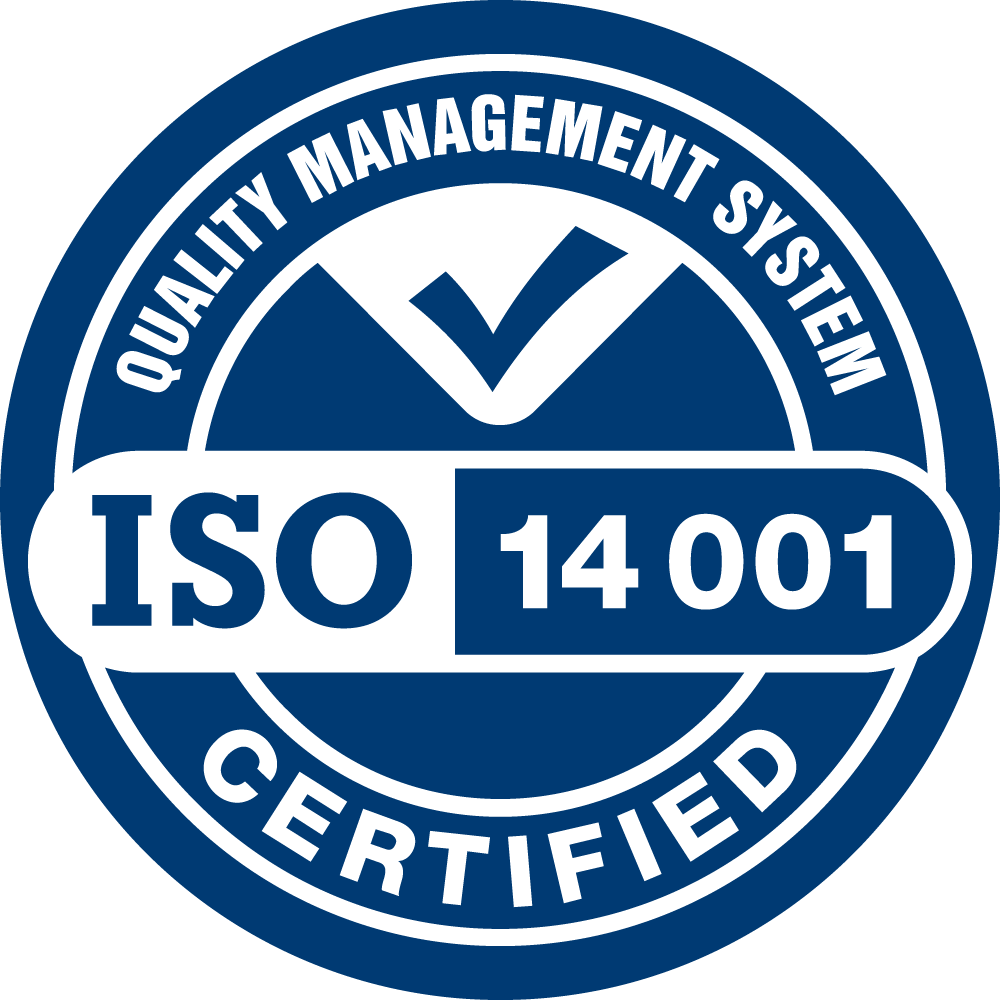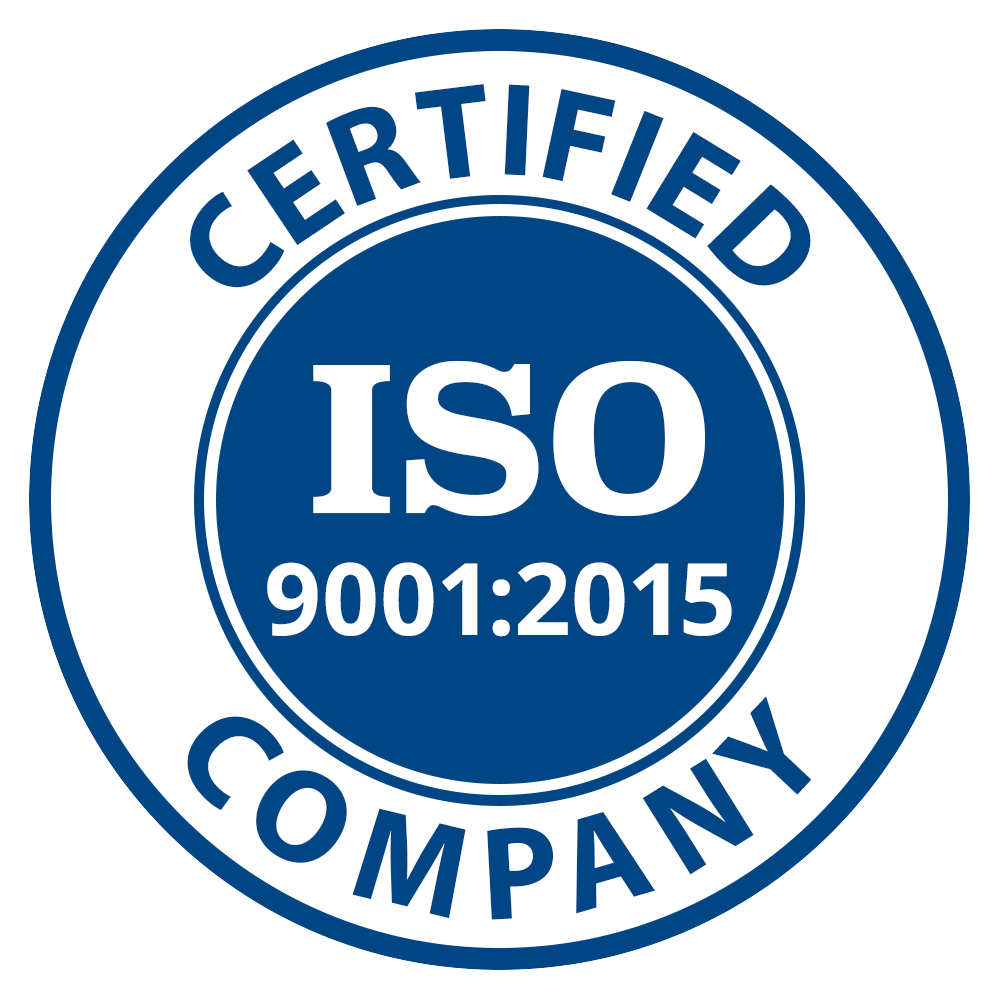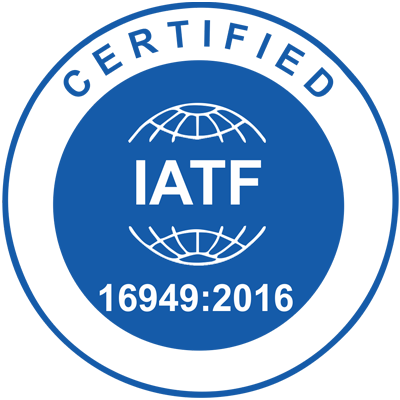Solder Mask
Solder mask or solder stop mask or solder resist is a thin lacquer-like layer of polymer that is usually applied to the copper traces of a printed circuit board (PCB) for protection against oxidation and to prevent solder bridges from forming between closely spaced solder pads.
PCB Solder Mask
A solder bridge is an unintended electrical connection between two conductors using a small blob of solder. PCBs use solder masks to prevent this from happening. Solder mask is not always used for hand-soldered assemblies but is essential for mass-produced boards that are soldered automatically using reflow or Wave Solder techniques. Once applied, openings must be made in the solder mask wherever components are soldered, which is accomplished using photolithography. Solder mask is traditionally green but is now available in many colors
Solder mask comes in different media depending upon the demands of the application. The lowest-cost solder mask is an epoxy liquid that is silkscreened through the pattern onto the PCB. Other types are the liquid photoimageable solder mask (LPSM or LPI) inks and dry-film photoimageable solder mask (DFSM). LPSM can be silkscreened or sprayed on the PCB, exposed to the pattern and developed to provide openings in the pattern for parts to be soldered to the copper pads. DFSM is vacuum-laminated on the PCB then exposed and developed. All three processes typically go through a thermal cure of some type after the pattern is defined although LPI solder masks are also available in the ultraviolet (UV) cure.
Electronic Design Automation
the solder mask is treated as a layer of the printed circuit board and is described as a Gerber file like any other layer, such as the copper and silkscreen layers. Typical names for these layers include tStop/bStop (EAGLE), LSMVS/LSMRS (WEdirekt) or GTS/GBS (Gerber and many others).
The functions of the Solder Mask Layer on the PCB board are shown:
- Preventing the physical breakage of a conductor circuit
- Preventing short circuit from bridge connection in the soldering process
- Preventing the copper layer from oxidation
- Prevent short circuit between conductive lines and solder joints when proceeding reflow soldering, wave soldering, and manual welding
- Its high Insulating brings the possibility to the high density of PCB boards
- The cost for green, blue, red, blue, yellow, white and black are the same without extra charge, and extra charge needed for the purple , Pink, Grey , Orange, Matte black, Matte green and transparent/Clear.
The solder mask is mainly Liquid UV Photo-imageable Ink with green, red, blue, yellow, white, black, purple , Pink, Grey , Orange, Matte black, Matte green and transparent/Clear soldermask, and colors, green should be the most commonly used one. And according to those colors available, there are some points in our production requirement for your reference.
standard PCB:
- 1oz outer copper thickness For solder bridge, the spacing between IC pads should be min 0.2 mm(8mil) for green color, others require min 0.22 mm(9mil)
- 2oz outer copper thickness For solder bridge, the spacing between IC pads should be min 0.25 mm(9.8mil) for green color, others require min 0.27 mm(10.6mil)
Advanced PCB:
- 1oz outer copper thickness For solder bridge, the spacing between IC pads should be min 7mil for green color, black require min 9mil (prototype pcb green min 6mil,black min 8mil)
- 2oz outer copper thickness For solder bridge, the spacing between IC pads should be min 8mil for green (solder bridge 4mil) color, black color (solder bridge 5-6mil) require min 10mil
Have Questions?
If you have any questions or need any further information, please feel free to contact your dedicated customer service.






